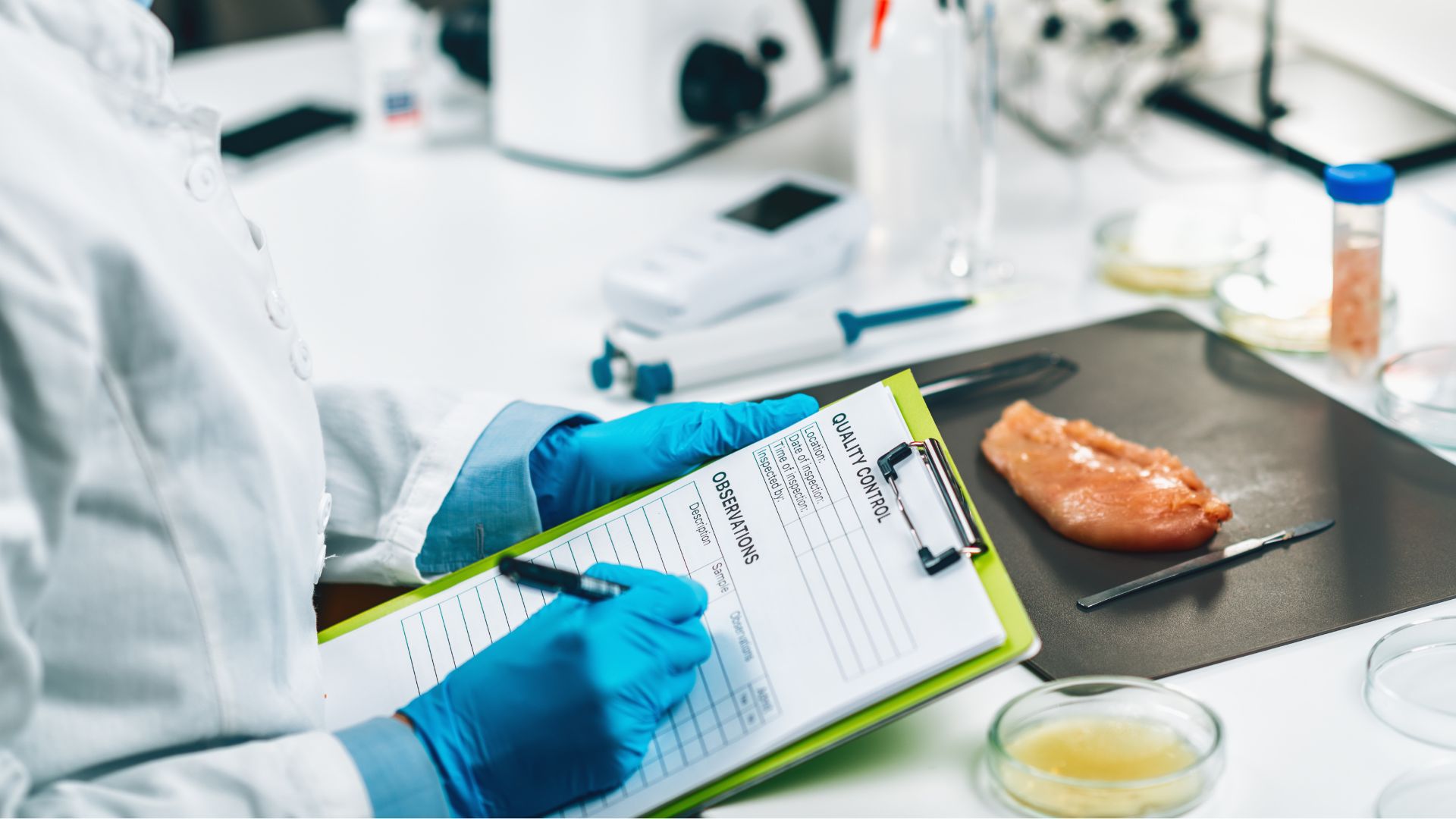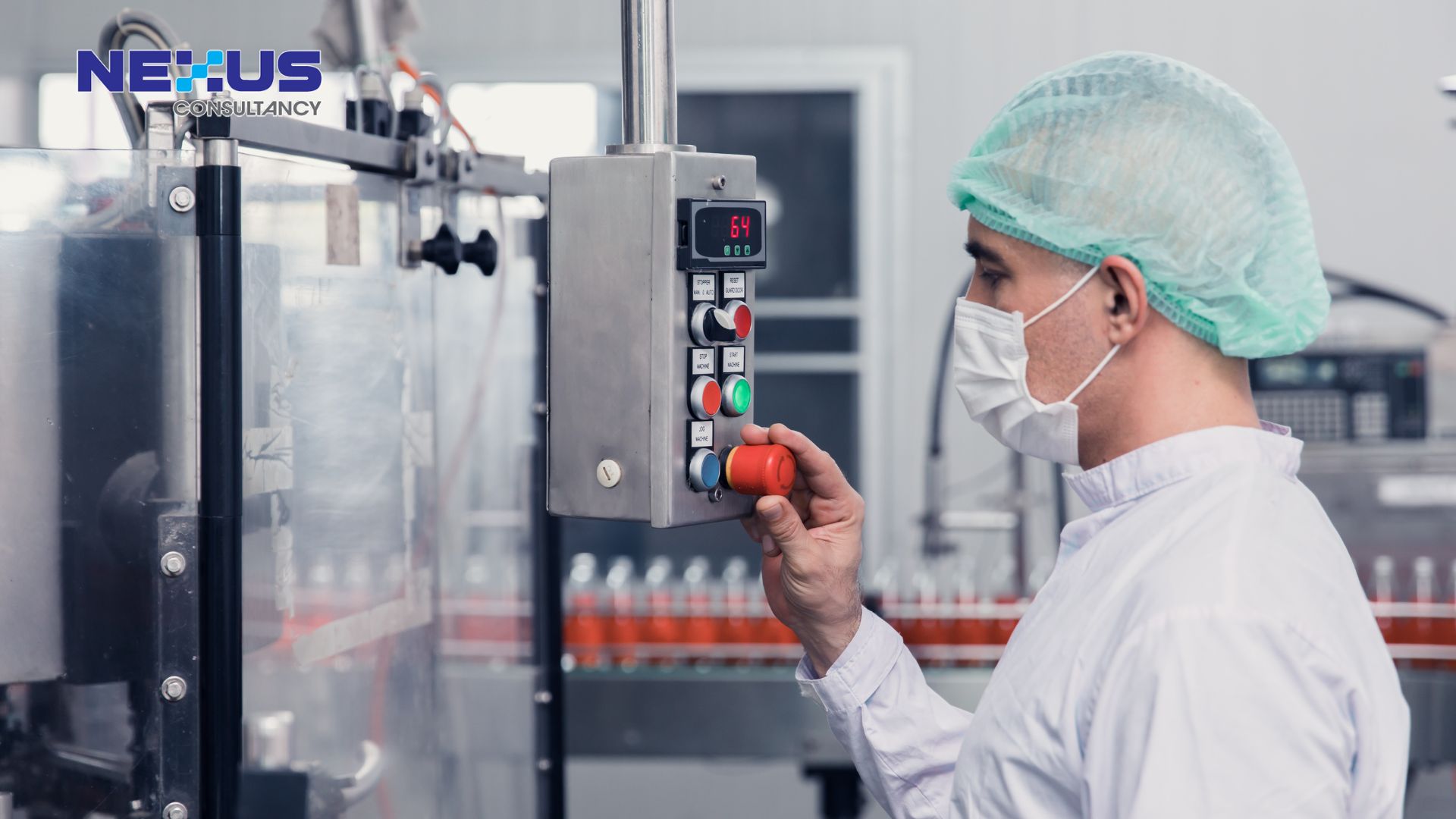
Danielle Tan
Chief Operating Officer
Discover the key areas to focus on for successful verification of prerequisite programs (PRPs) under the FSSC 22000 food safety management system certification. Ensure food safety through effective control measures and compliance with essential hygiene and operational conditions.

FSSC 22000 version 6 clause 2.5.12 PRP Verification (Food Chain Categories BIII, C, D, G, I & K) specifies the following requirements for GMP inspection at food manufacturing site:
“The organization shall establish, implement, and maintain routine (e.g. monthly) site inspections/ PRP checks to verify that the site (internal and external), production environment and processing equipment are maintained in a suitable condition to ensure food safety. The frequency and content of the site inspections/ PRP checks shall be based on risk with defined sampling criteria and linked to the relevant technical specification.”
Any facility that processes, packages, stores, or distributes food must undergo GMP inspections in addition to an annual system internal audit. Inspections according to Good Manufacturing Practice are distinct from system audits since they involve direct observation and testing. Site walkthroughs and checks help identify noncompliant operations so that they can be corrected.
GMP inspection results can be recorded using a checklist format in which a checkbox can be selected to indicate conformity or non-conformance. It is important to record not just the cause of a nonconformance but also the corrective measures to be taken.
What to Focus in GMP Site Inspection
During GMP site inspections, the following key areas need to be thoroughly assessed to ensure compliance with good manufacturing practices.
#1. Personal Hygiene, Protective Attire, and Traffic Requirements
- Verify compliance with personal hygiene and protective attire standards for all employees, visitors, and contractors.
- Check that proper handwashing practices are being followed.
- Ensure adherence to defined traffic requirements when accessing processing areas.
Observations that require corrective action or improvement:
- Employees observed not wearing appropriate protective attire, such as hairnets, gloves, or lab coats, while working in designated areas.
- Failure to comply with the required handwashing procedures, including not washing hands before entering the production area or after handling raw materials.
- Visitors and contractors not following the specified traffic requirements when accessing processing areas, leading to potential cross-contamination risks.
- Inadequate adherence to personal hygiene standards, such as employees not maintaining clean and trimmed nails or not covering open wounds.
- Lack of proper storage and maintenance of personal protective equipment (PPE), leading to potential contamination risks.
- Absence of hand sanitization stations at critical points, such as entry/exit points or before handling food products.
- Failure to use designated changing rooms or locker facilities to store personal items and clothing, potentially leading to cross-contamination risks.

#2. Building Fabrication, Equipment, and Tools
- Verify the maintenance and condition of the facility’s building fabrication, equipment, and tools.
- Ensure that processing machines and equipment are in good working condition and free from rust or loose parts.
- Check for any potential risk of contamination from temporary repairs.
- Prohibit the use of wooden pallets in open product areas.
- Verify proper storage of engineering or maintenance equipment when not in use.
- Ensure appropriate use and storage of equipment dedicated to handling allergen materials.
Observations that require corrective action or improvement:
- Presence of rusted or damaged parts on processing machines and equipment, indicating inadequate maintenance and potential contamination risks.
- Equipment not properly cleaned and sanitized before use, leading to potential cross-contamination of products.
- Temporary repairs made to equipment using inappropriate materials or methods, posing contamination hazards and compromising the integrity of the production process.
- Wooden pallets found in open product areas, contrary to the prohibition, increasing the risk of contamination and pest infestation.
- Engineering or maintenance equipment left exposed to environmental elements, leading to potential deterioration and safety hazards.
- Failure to use designated equipment for handling allergen materials, resulting in the risk of cross-contact and allergen contamination.
- Absence of proper labeling on equipment or tools dedicated to handling allergen materials, leading to confusion and potential mishandling.

#3. Cleaning and Housekeeping
- Inspect cleanliness and housekeeping in both internal and external areas.
- Promptly clean up spills as they occur.
- Regularly remove standing water from designated areas.
- Ensure proper storage of cleaning tools and chemicals when not in use.
- Maintain clean and odorless drains at all times.
- Regularly sort trash and empty containers as needed.
Observations that require corrective action or improvement:
- Accumulation of dirt, debris, or food residues in various areas, indicating inadequate cleaning practices.
- Spills not cleaned up promptly, leading to potential slip hazards and increased risk of contamination.
- Standing water not removed regularly, resulting in potential breeding grounds for pests and safety hazards.
- Cleaning tools and chemicals left unattended or stored improperly, posing risks of accidental spills or misuse.
- Drains found to be clogged, emitting foul odors, or not properly maintained, leading to potential contamination and pest attraction.
- Trash not sorted properly, causing difficulty in waste management and potential cross-contamination of recyclable materials.
- Containers not emptied as needed, leading to overflowing waste bins and potential pest attraction.
#4. Pest Control
- Verify effectiveness of pest control measures, including bait stations.
- Ensure that bait stations are in good working order and properly labeled.
- Look for signs of pest infestation inside and outside the premises.
- Check for rodent feces, pest body parts, or evidence of rodent bites.
Observations that require corrective action or improvement:
- Ineffective pest control measures, as evidenced by the presence of pests despite the implementation of bait stations or traps.
- Bait stations found to be damaged, malfunctioning, or improperly labeled, indicating inadequate maintenance or monitoring.
- Signs of pest infestation observed both inside and outside the premises, such as rodent droppings, gnaw marks, or pest body parts.
- Improper placement of bait stations or traps, reducing their effectiveness in controlling pests.

#5. Food Defense
- Check site access for control and security measures.
- Ensure appropriate access restrictions are in place for sensitive areas (e.g., warehouses, production areas, bulk material storage tanks).
- Look for signs of potential security threats or breaches.
Observations that require corrective action or improvement:
- Inadequate site access control, such as lack of proper identification checks or visitor sign-in procedures.
- Insufficient access restrictions in sensitive areas, allowing unauthorized personnel to enter critical locations like warehouses or production areas.
- Inadequate surveillance or monitoring systems in place to detect potential security threats or suspicious activities.
- Lack of clear signage or demarcation for sensitive areas, leading to confusion and potential security breaches.
#6. Control of Nonconforming Material and Product
- Inspect nonconforming materials and products.
- Ensure clear labeling of nonconforming items.
- Verify proper segregation to prevent accidental use.
#7. Warehouse
- Verify storage conditions of materials and products (e.g. off the floor, temperature, humidity).
- Ensure cleanliness, dryness, and proper ventilation in the warehouse.
- Check for protection against contamination sources like dust, condensation, fumes, and odors.
- Observe compliance with specified stock rotation systems (e.g., FIFO or FEFO).
Observations that require corrective action or improvement:
- Inadequate temperature and humidity control, leading to unsuitable storage conditions for certain materials or products.
- Lack of proper ventilation in the warehouse, resulting in stagnant air and potential mold growth.
- Failure to address leaks or water ingress, leading to dampness and condensation issues, which may pose contamination risks.
- Presence of dust, debris, or pests in the warehouse, indicating inadequate cleanliness and hygiene practices.
- Inconsistent implementation of stock rotation systems, such as FIFO or FEFO, leading to the storage of older products ahead of newer ones.
- Insufficient segregation between different product types or batches, potentially causing confusion and cross-contamination risks.
- Absence of clear markings or labels on storage locations, making it challenging to identify materials or products accurately.
- Failure to adhere to established storage capacity limits, leading to overcrowded storage spaces and potential damage to products.
Conclusion
In conclusion, GMP site inspections are very important for making sure that manufacturing facilities follow good manufacturing practices to keep the quality and safety of their products. By focusing on things like personal hygiene, protective clothing, traffic rules, building construction, equipment, tools, cleaning, housekeeping, pest control, food defense, the control of nonconforming materials, and warehouse management, companies can avoid risks and improve their manufacturing processes. Taking corrective steps and sticking to GMP standards will not only improve the quality of the product, but it will also help create a culture of constant improvement and a commitment to consumer safety.
Source:
- FSSC 22000 Scheme Food Safety System Certification Version 6.0.






